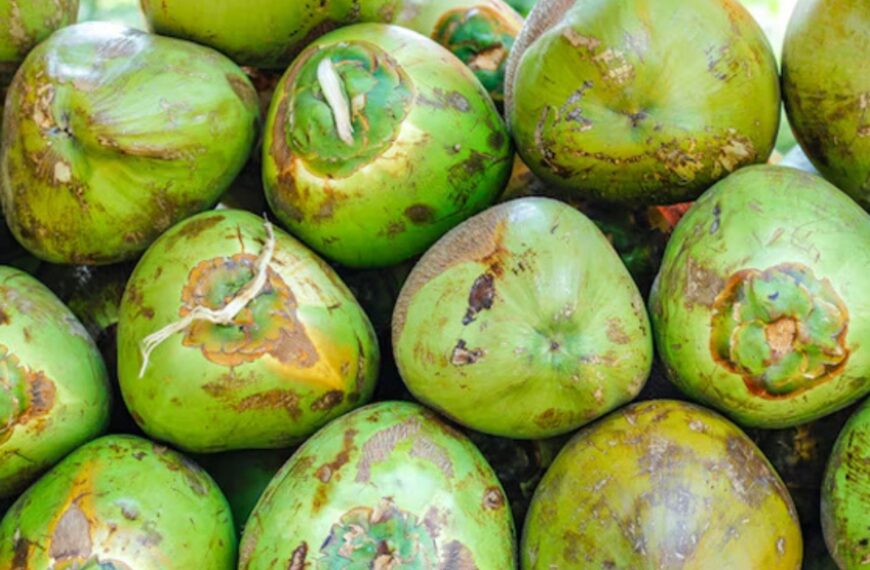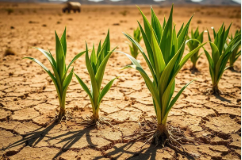
In a major policy move aimed at promoting sustainable agriculture and enhancing farmer incomes, the Government of India has announced a significant relaxation of regulations governing agroforestry the integration of trees into farming systems. The new measures are expected to remove long-standing barriers to tree planting, harvesting, and marketing on farmlands.
Union Agriculture Minister Shivraj Singh Chouhan said the government is committed to promoting agroforestry as a core part of modern Indian agriculture, with a focus on climate resilience, biodiversity, and rural livelihoods. “Farmers will now be able to grow and sell tree crops more freely without unnecessary approvals, especially for species identified as non-restricted,” he stated.
Under the revised framework:
- Transit permits and felling approvals have been simplified or waived for key tree species in several states.
- Farmers will now receive support for planting high-value timber, fruit, and medicinal trees alongside their crops.
- Agroforestry will be integrated with schemes such as PM Krishi Sinchai Yojana, Mera Gaon Mera Gaurav, and Natural Farming Mission to provide both technical and financial assistance.
- A national list of tree species exempt from restrictions is being expanded and made uniform across states, removing confusion and red tape.
The move aligns with the National Agroforestry Policy, which aims to increase forest and tree cover, enhance carbon sequestration, and provide income diversification for farmers. Experts believe agroforestry can play a crucial role in addressing soil degradation, erratic rainfall, and declining farm profitability.
“Agroforestry is not just good for the environment, it’s good economics for farmers,” said Dr. A.K. Sood, a senior scientist at the Indian Council of Forestry Research and Education (ICFRE). “Tree crops like sandalwood, poplar, bamboo, and teak have high market value. With eased rules, farmers can finally tap into that potential.”
States like Haryana, Maharashtra, and Uttar Pradesh have already begun implementing streamlined processes for registering and transporting tree-based produce. The Centre is urging other states to adopt similar models to create a unified, farmer-friendly system nationwide.
The government also plans to set up district-level agroforestry cells to provide guidance on tree selection, nursery linkages, and post-harvest marketing support. Additionally, tree plantation will be promoted through school campaigns, village-level awareness drives, and convergence with environmental programmes.
This policy shift is expected to benefit millions of small and marginal farmers, particularly in rainfed regions where agroforestry offers greater resilience and year-round returns.
By easing restrictions and supporting agroforestry integration, India takes a decisive step towards achieving its goals of climate-smart agriculture, rural prosperity, and ecological balance.














